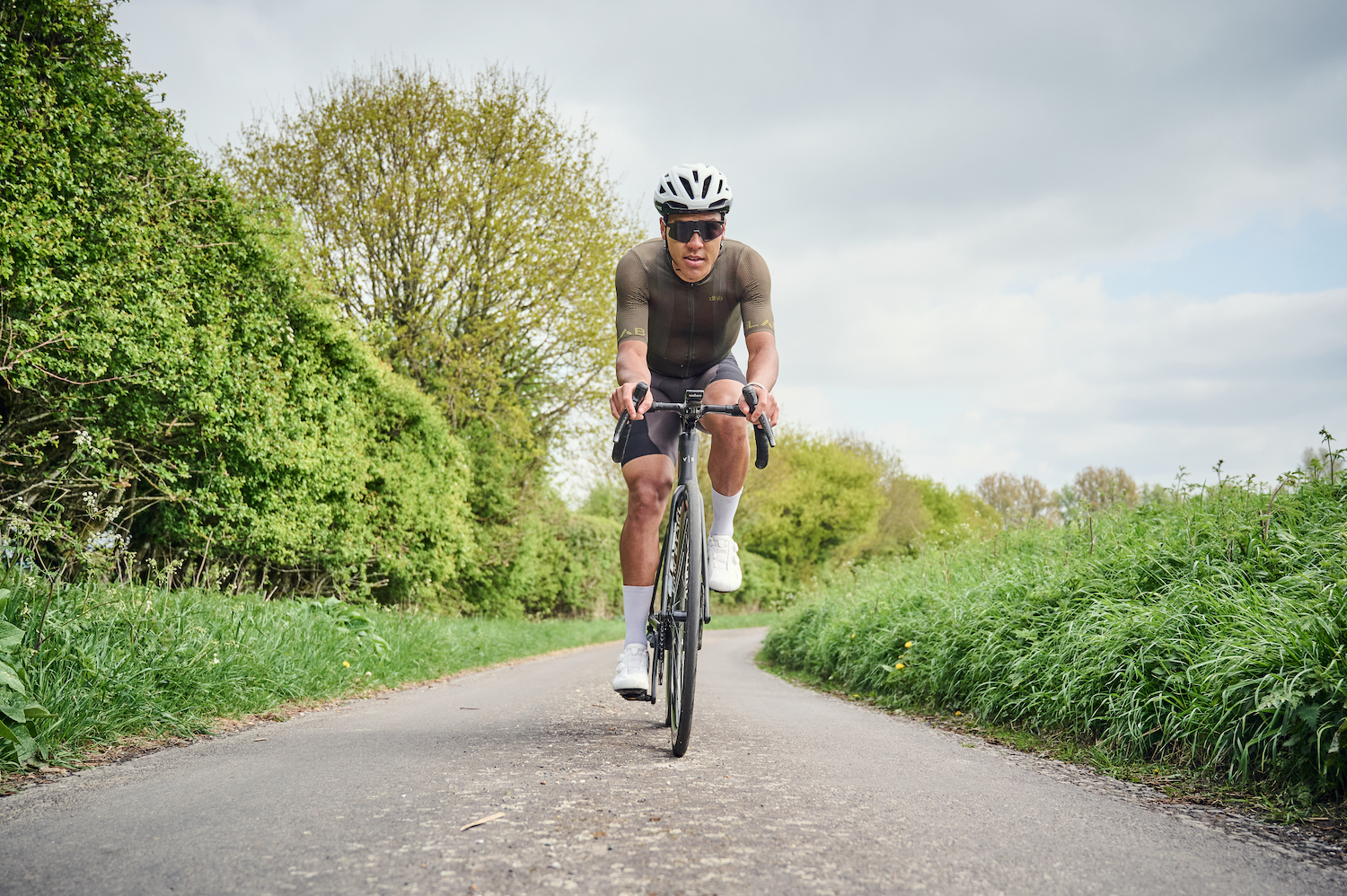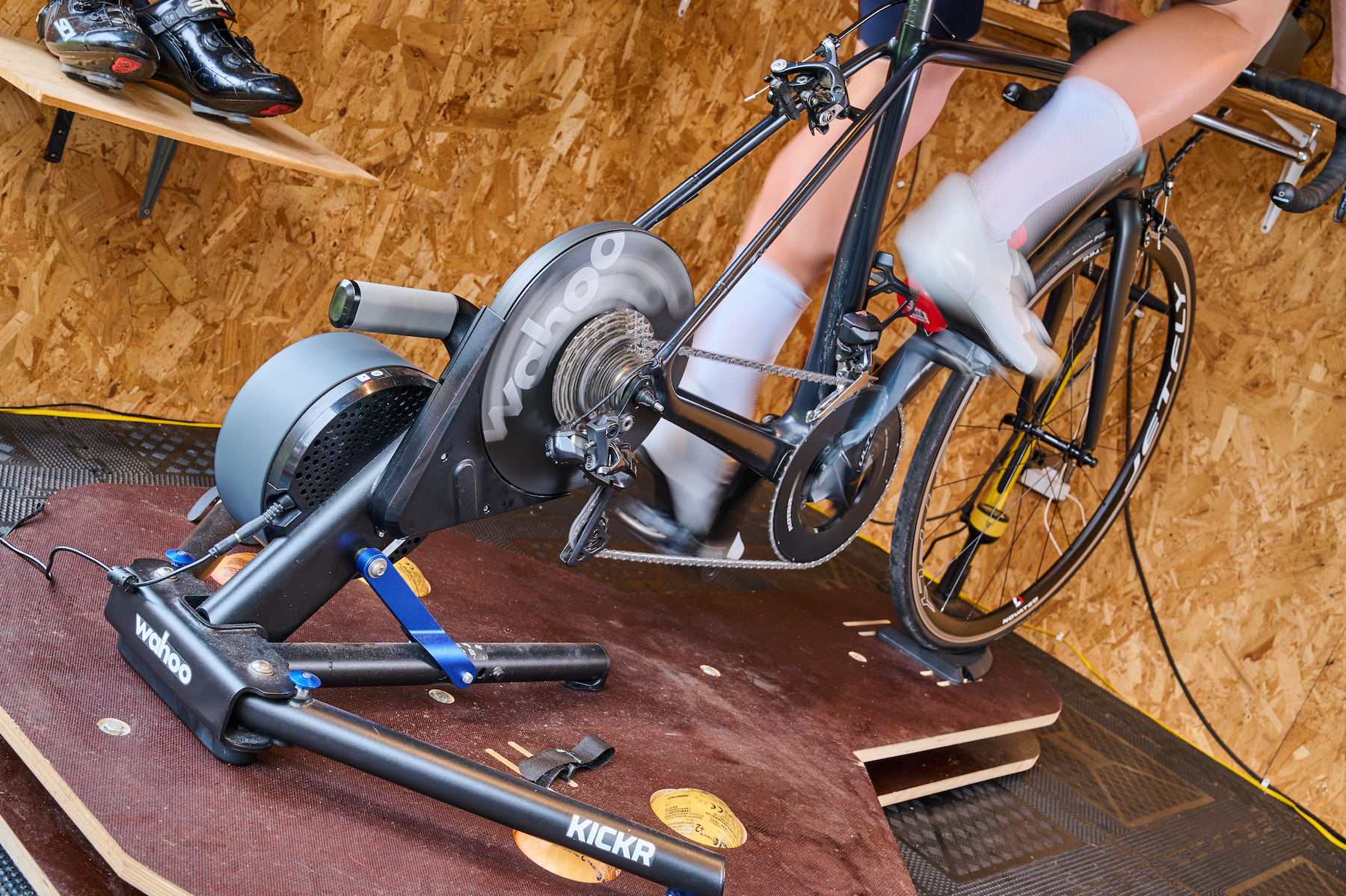Hit a plateau in your cycling fitness? It might be time to look past sweet spot training
If sweet spot has become the comfortable option, it might be time to explore your boundaries


In the world of interval workouts in cycling, nothing sounds quite so welcoming as sweet spot.
It has the ring of your favourite ice cream parlour, rather than the sort of workout that might leave you aching and exhausted. Very different to the clinical 'VO2 max intervals', or the alarming 'back to back over/unders' or, perhaps worst of all, '20 minutes max power test'. (I'll make my excuses now, if you don't mind).
However, that is the beauty of sweet spot – or SST, to which it's often abbreviated – done right, it doesn't actually feel that awful and, theoretically, you can get up the following day and do it again.
It's widely touted as the best bang-for-buck workout you can do, racking up the TSS (training stress score) like little else. Does that mean it piles on your real-world riding form in the same way? No, is the short answer to that, says coach Andy Turner of ATP Performance Cycle Coaching.
He says: "For those who chase fitness scores and the build-up of TSS [on virtual riding platforms, for example], it's effective at doing that, but that doesn't necessarily mean it's effective at making you actually physiologically faster."
Defined by Frank Overton and developed with Dr Andy Coggan, sweet spot has become an extremely popular way to pass the time, particularly on the indoor trainer, where blocks of 10 minutes upwards form the bedrock of numerous training plans set by platforms such as TrainerRoad and Zwift.
Measured as a percentage of functional threshold power (FTP), there are numerous definitions of sweet spot but, according to the Fascat Coaching website – run by Overton himself – it falls between 84% and 97% of FTP.
The latest race content, interviews, features, reviews and expert buying guides, direct to your inbox!
Turner elaborates: "It's the sort of upper end of higher intensity that you can sustain for longer durations – it's that principle of getting as much work done in a shorter period of time. So you can do an hour of sweet spot comfortably, but an hour of threshold is incredibly uncomfortable, even if there's maybe only 20 watts difference between those two numbers."

Part of the attraction of sweet spot training, Turner says, is psychological. It can quickly start to feel easier, and wattage gains at sweet spot intensity can also ramp up, especially at first.
"It's a bit like your classic tempo smash sesh with your mates," he says – "where you just try and do as high an average speed for 90 minutes as possible. It's not very good training for getting fitter, but you can see that that session is now easier."
However, the mid-range intensity level of sweet spot means missing out on the key gains in mitochondrial density and capillarisation that low-intensity riding offers, as well as the boost to raw power and other aerobic fitness benefits induced by training at higher intensities like VO2 max. These are all key, and are essentially what aerobic fitness is built on.
No magic bullets
"I think that there is a place for it, but it's limited in its application," says Turner. "Everyone likes one magic bullet to solve all of their problems, whatever it is. In reality, it's always a mix of things for the individual and their goals.
"Sweet spot can be useful, but then once you've been doing it for a while, you need to change the training stimulus and implement something new. And that's where polarised training starts to become where you see more of the gains."
Turner says he regularly has clients come to him with the same sweet-spot-related issue: "They just say, "I've hit a training plateau, I just can't go any harder; or, on group rides I'm strong on the flats, but then we get to these short, sharp, punchy climbs, and I just can't go any harder. That's quite a common occurrence, and what needs to change is the training stimulus."
Polarised training isn't a new term by any means, and the concept itself is an approach that has been taken by performance cyclists for decades – essentially, it involves mixing low-intensity riding with high-intensity riding, and little in-between.
An example could be a weekly diet of five to 10 hours of riding in zones one and two – your 'all-day' pace – ideally with one of those rides pushed out to four hours or so (or as long as your calendar will let you), with one or two high-intensity interval sessions thrown in. The classic VO2max sessions uses work intervals of three to five minutes (usually the longest you can sustain this intensity for), with at least equal rest intervals.
It doesn't sound very cosy – not like sweet spot. And it doesn't feel it either: "VO2max, frankly, are really unpleasant sessions to do," says Turner, adding that you need to be well rested to do them right.
This is where we swing back around to sweet spot. There's no 'getting in the zone' or sick buckets required, it helps us stay acquainted with the somewhat harder effort levels, and it's easy to recover from.
As such, it's an intensity unlikely to be going anywhere soon. But you see that basket marked SST? Perhaps don't put all your eggs in it. Spread them around a bit and see the benefits.
As ever, if you are new to hard training, or returning to cycling after a long layoff, do err on the side of caution and get clearance from your doctor.
After cutting his teeth on local and national newspapers, James began at Cycling Weekly as a sub-editor in 2000 when the current office was literally all fields.
Eventually becoming chief sub-editor, in 2016 he switched to the job of full-time writer, and covers news, racing and features.
He has worked at a variety of races, from the Classics to the Giro d'Italia – and this year will be his seventh Tour de France.
A lifelong cyclist and cycling fan, James's racing days (and most of his fitness) are now behind him. But he still rides regularly, both on the road and on the gravelly stuff.
You must confirm your public display name before commenting
Please logout and then login again, you will then be prompted to enter your display name.
